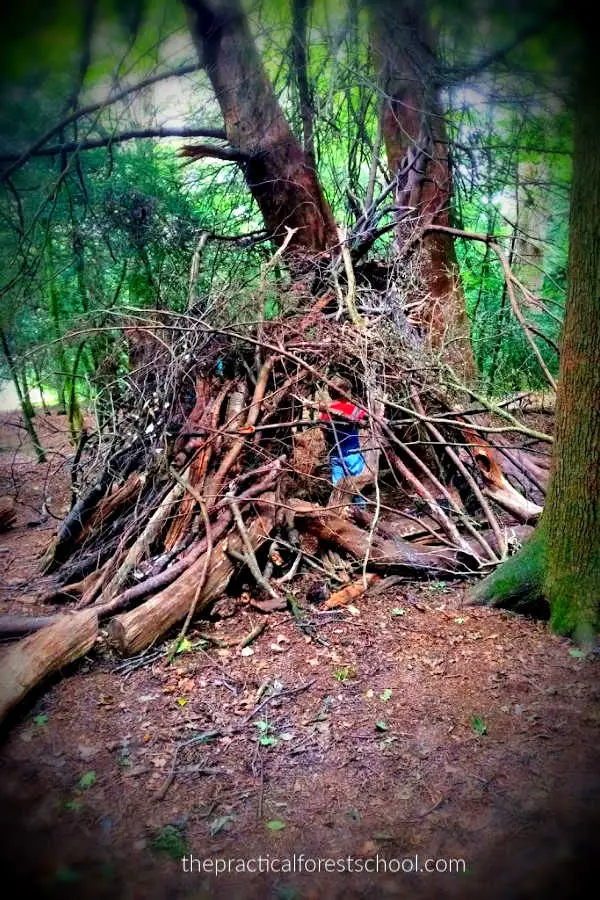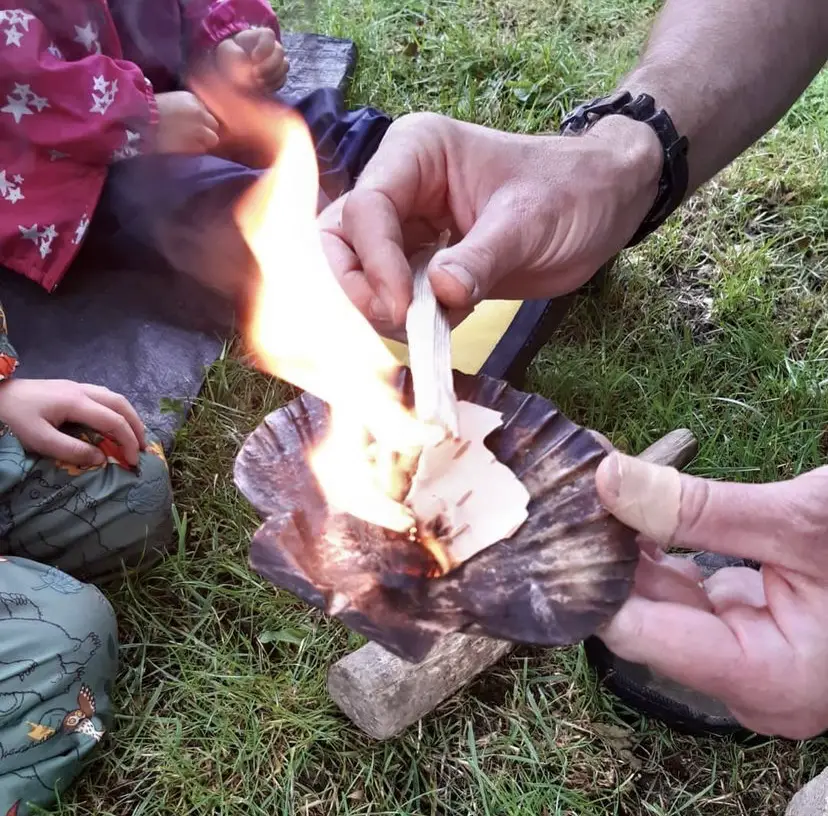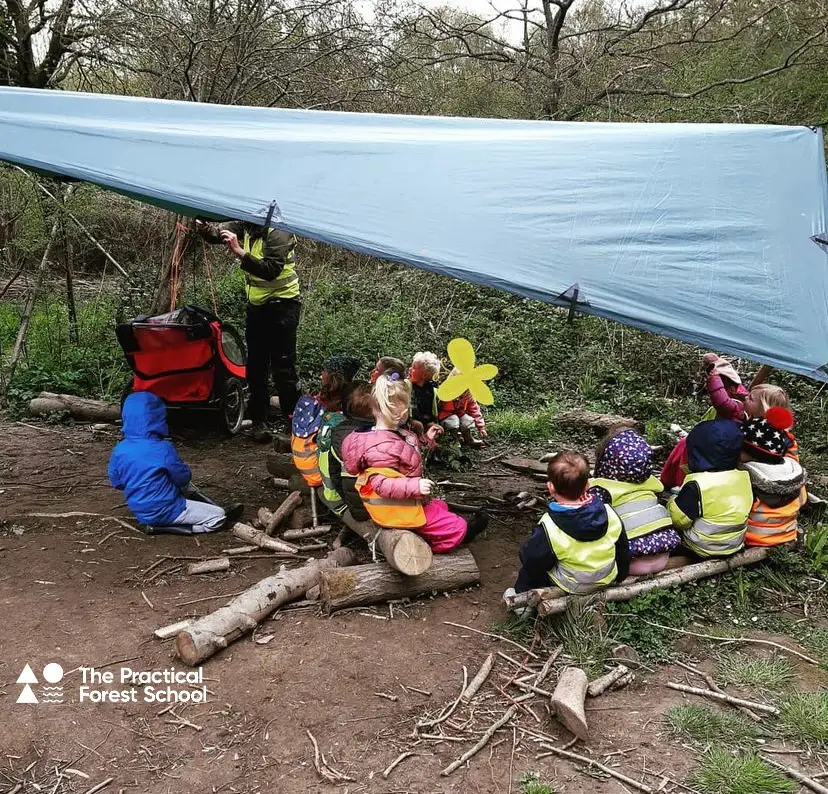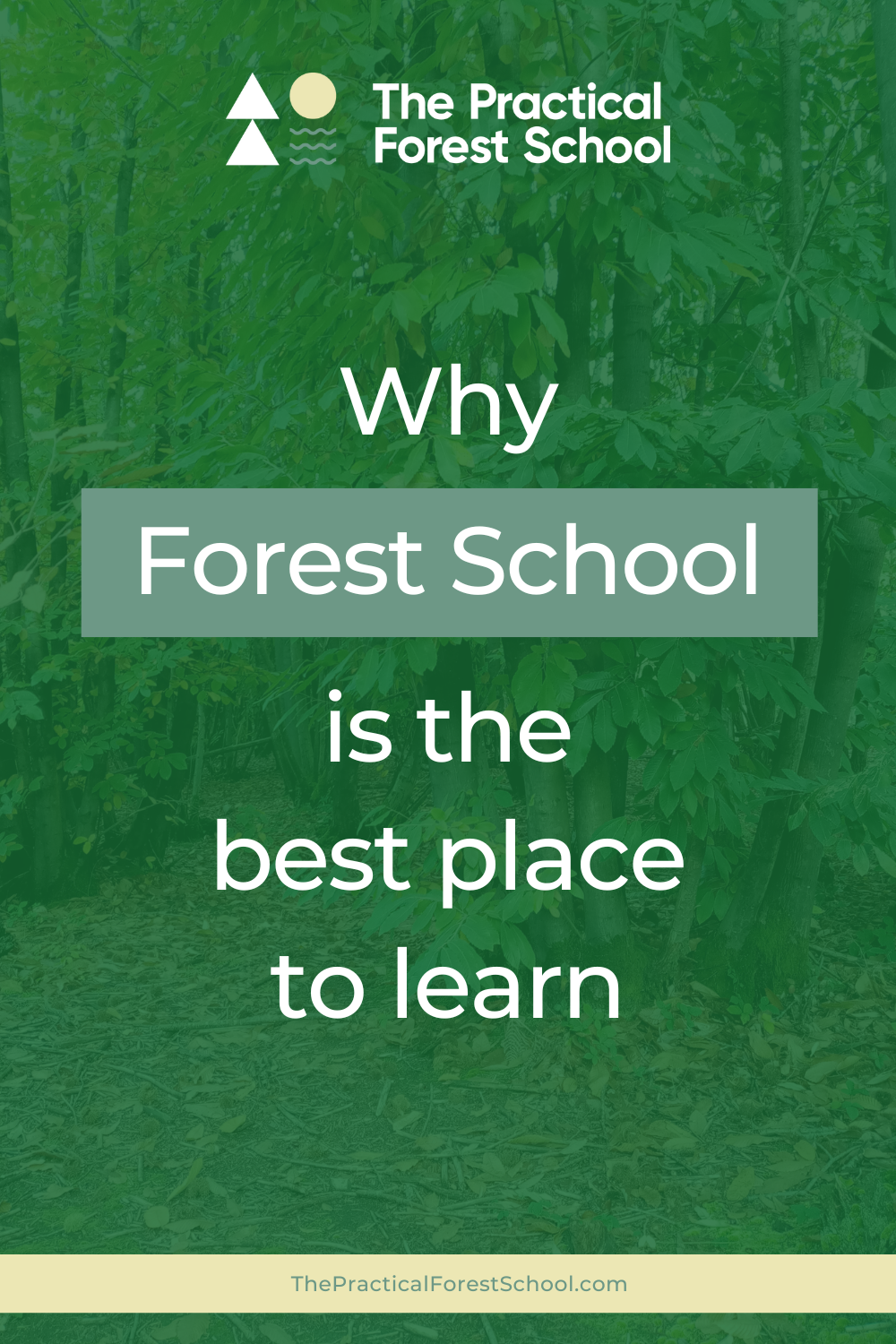Why Forest Schools are the Best Place for Kids to Learn
Let’s start with some basics. So, what is a forest school?
In short, it is an outdoor classroom where students spend time learning in nature. But there’s so much more to it than that!
These unique schools offer countless benefits that traditional classrooms just can’t match. For one, forest schools provide an opportunity for students to get away from the hustle and bustle of everyday life and connect with nature.
They also promote hands-on, experiential learning, which research has shown to be more effective than traditional methods.
And because they encourage cooperation and collaboration, forest schools help children develop important social and emotional skills. There are many reasons why parents are choosing to send their children to forest schools, but these are just a few of the most popular ones.
If you’re considering this type of education for your child, be sure to learn as much as you can about it to see if it’s the right fit.
The forest school approach
A forest school is an educational approach that offers a unique way of working with young people in an outdoor environment. The Forest School ethos is based on a deep respect for child development and the natural world.
Practitioners follow the 6 forest school principles. They believe that all children have a right to experience regular contact with nature, and that this contact can have a profound and positive effect on their physical, social, emotional and cognitive development.
They are skilled in the delivery of a forest school programme so they can make sure the children have a great time and benefit from the experience.
Forest Schools typically take place in woodland environment or other green spaces, and sessions are usually held on a weekly basis.
At a Forest School, children are given the time and space to explore, discover and take risks in a safe and supportive environment. They are encouraged to use their imagination, be creative, and to problem-solve.
The emphasis is on learning through first-hand experience, and on developing a positive relationship with the natural world.
Forest Schools can be offered in a variety of settings, including early years settings, primary schools, secondary schools, special needs schools, and in community and youth groups.
There is no one-size-fits-all approach – each Forest School is unique and tailored to meet the needs of the children and young people involved, and a child-led ethos is at the heart of each.
The Forest School Association is a good place to start – they offer training, accreditation and support for Forest School practitioners.
Forest Schools offer a unique way of working with young people in an outdoor environment, based on a deep respect for child development and the natural world.
How do forest schools work?
In its simplest form, a Forest School is an outdoor setting where children have the opportunity to play, learn and grow in a natural environment.
Most people have never heard of a forest school, but they are becoming increasingly popular around the world. So how do forest schools work?
First, forest school programs are often offered as after-school or summer programs. They usually meet once or twice a week for 2-3 hours at a time.
During each session, children are invited to engage in a variety of activities that are available in the space, such as tree climbing, playing in a stream, building with mud, gathering or just being outside. Forest school practitioners may make activities like fire lighting or whittling available to children who are interested in doing them, but there is no set curriculum or learning objectives. It’s a child-centred approach to learning.

These activities are designed to encourage hands-on learning, problem solving, and cooperation. One of the key components of a Forest school is the relationship between the students and the adult in the setting.
Forest school practitioners are trained to facilitate learning, rather than lead instruction. This allows students to take an active role in their education and to explore their natural surroundings at their own pace.
Forest schools are outdoor education programs that focus on experiential learning and student-led exploration.
The benefits of forest school
We all know the importance of a good education.
But what about an education that takes place in the great outdoors?
Forest school is a unique approach that offers many benefits for students of all ages.
Here are just a few of the benefits of forest school education:
- Forest school allows children to explore and learn in a natural environment.
- Forest school provides opportunities for children to take risks and challenge themselves in a safe setting.
- Forest school fosters independence and self-confidence in children.
- Forest school promotes physical activity and a love of nature.
- Forest school helps children to develop social skills and to cooperate with others.
- Forest school provides a unique and stimulating learning environment.
If you’re looking for an educational approach that is unique and offers numerous benefits, then forest school might be right for you – whether as a setting for your child or as an adult who wants to share the outdoors with children.

What do children learn in a forest school?
When most people hear the term “forest school” they think of a place where children go to play in the woods. And while it’s true that forest schools are all about children interacting with nature, there’s a lot more to it than that.
But there is no set curriculum, no syllabus to follow and no formal timetable.
In fact, children who attend forest school have the opportunity to learn in a unique and stimulating environment that’s not possible in a traditional classroom setting.
So what do children learn in the forest?
Children learn how to take risks and solve problems. In a world where we’re constantly being told to be careful and to stay safe, it’s important for children to learn that it’s okay to take risks.
They’ll have the opportunity to explore and play in a safe environment, where they can push themselves physically and mentally.
This fosters confidence and a sense of achievement, and helps children to understand their own capabilities. They also learn how to work together.
In a traditional classroom, children are often working on individual tasks or in small groups. But in an outdoor setting, they’re constantly working together as a team, even if they aren’t literally playing together.
For example, they’ll come together around the fire circle and take turns with resources.
This helps them to develop important social skills, such as cooperation, communication, and empathy. And it’s not just the children who benefit from this – the adults who work alongside them also learn how to better work together as a team.
If you’re thinking of sending your child to a Forest School, or if you’re simply curious about what goes on there, we’d encourage you to visit one and see for yourself.
Children learn how to take risks, work together, and solve problems in a unique and stimulating environment.
Are there any disadvantages to attending a forest school?
As the weather gets colder, many parents begin to worry about their children spending time outside. For some, the thought of their child going to school in the cold and wet is enough to make them want to keep them home.
Others are concerned about the safety of their child while they are away from home. However, there are many benefits to attending a forest school, even in the winter months.
Forest schools provide an opportunity for children to explore and learn in a natural environment. This can be beneficial for their physical and mental health.
There are some disadvantages to attending a forest school, however. One of the main disadvantages is the cost.
Forest schools can be expensive to attend, and not all families can afford it. Additionally, forest schools are often located in rural areas, which can make them difficult to get to for some families.

Another disadvantage of attending a forest school is the weather. As mentioned before, the weather can be a deterrent for some parents.
However, if the setting is properly equipped, the weather should not be a problem. For example, we can use shelters to protect from the worst of the rain, and provide a what to wear to forest school guide to parents. Overall, there are more advantages than disadvantages to attending a forest school.
If you are able to afford it and the school is located in a convenient location, it is definitely worth considering.
Forest schools provide an opportunity for children to explore and learn in a natural environment, which can be beneficial for their physical and mental health.
If you have a passion for working with children and being outdoors, then becoming a forest school leader may be the perfect career path for you! Forest schools provide an educational experience that is unlike any other, and one that has been shown to be highly beneficial for children. As a leader, you would have the opportunity to help shape these young minds and instil in them a love of nature and the great outdoors.
Pin for later reading:


About the author: Elizabeth Borley
Elizabeth is our forest school administrator, responsible for running the website and managing bookings for afterschool clubs. She is a member of the Forest Childcare Association and loves walking in the woods and places with a view. As a parent, she understands the value of children spending time outdoors.